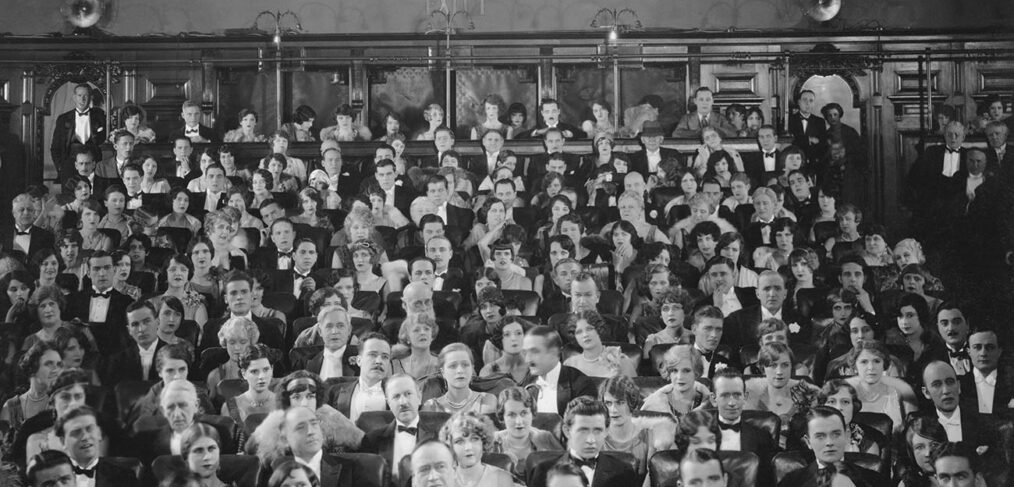
Keep Your Target Engaged – and READING!
What I love about this article is how timely the idea was that came to me. You know I try and make my articles for you all as relevant and specific as possible. I always want you to be able to relate to what I’m saying. And with the broadcast of the Emmy Awards a few weeks back, this is right on time.
Listening to the speeches by the winners, I thought back to those times when the speech for [insert award show du jour here] turned me off. Whether they were rambling, or incoherent, or talking out of school about something political or far afield of the craft of acting, I found myself turned off, disengaged, checked out, and – frankly – a little irritated. That is the polar opposite feeling you want from someone who’s just pulled your postcard out of their mailbox. You want them engaged, intrigued, and glued to what you’re telling them. But how?
Take advantage of these Six Best Practice Questions for Engaging Copy!
- Is it accurate? I’ve mentioned this before, but you must be hypercritical when it comes to the authenticity of both your product claims, as well as the way you promote said product. Bait & switch turns the reader off faster than someone spilling their political views in front of the opposing political party. Always maintain level, honest, and transparent copy about a sale, a limited time only offer, and certainly about the ability of your product to meet the needs of the target. Negative word of mouth advertising is free, is carried by the wind, and can be more damaging than you can imagine.
- Is it persuasive? Are you doing a good enough job selling the product or enticing someone to ask for more information? Compelling copy will draw the reader to you. With the right phrasing, socially relevant wording or slang (careful there, though…you can actually alienate a certain demographic by trying to be too hip), or copy that lets the target see themselves using the product or service, you can move them along the path toward your Call to Action.
- Is it complete? Don’t leave anything out that you need to say. [NOTE: Wanting and needing are two different things.] In previous posts, we’ve talked about ‘editing’ and making sure the copy says no more than what you need to get across. But make sure if you’re trying to get the reader from A to Z, that you’ve provided the right path to successfully get them there.
- Is your copy in the right order? This requires you pay attention to the design of both the images and the copy you’ll be using. Does the copy complement the image? Are you leading the reader with one or the other? Images are more easily and more quickly absorbed by the brain, so ensure that the copy ties in with the images, in the right order, for the maximum impact.
- It is clear? If you aren’t relying on images to sell your product or entice the reader to become your next lead, what you write carries even more weight. Be succinct in your descriptions but use language everyone can easily understand. The better you’re able to communicate what you want the reader to know, the greater the chance there will be a next step (in your favor).
- Is it interesting? Whatever you do, you don’t want to bore the reader. Don’t pound them with obvious facts or trivia. Can you give your copy a sense of curiosity, can you move your reader across the front (and/or the back) of your postcard in a way that makes them want to keep reading? Be truthful and factual but use the copy to continue to generate interest in what you’re wanting them to know. Boring copy often equates to a trashed postcard.
If an actress or actor ever says they love it when the band starts playing to commercial break as they continue to speak, you know they’re lying. Or acting. Nobody wants to have the band interrupt them. By not thinking about the best way to organize, write, and deliver/display your copy, you’re giving the reader permission to strike up the band, ignore everything else you wanted to communicate, and move on to the next presenter. If the next postcard your target pulls out of their mailbox is that of your competition, you’ve only done them a favor by letting the target off the hook. No award for you.
Give Opportunity Knocks a call. We’ve got Success Coaches standing by to help you write that winning postcard campaign. As Jason Sudeikis said in his acceptance, he’s only as good as the team around him helps make him look. As Ted Lasso would say, “…the harder you work, the luckier you get.”
